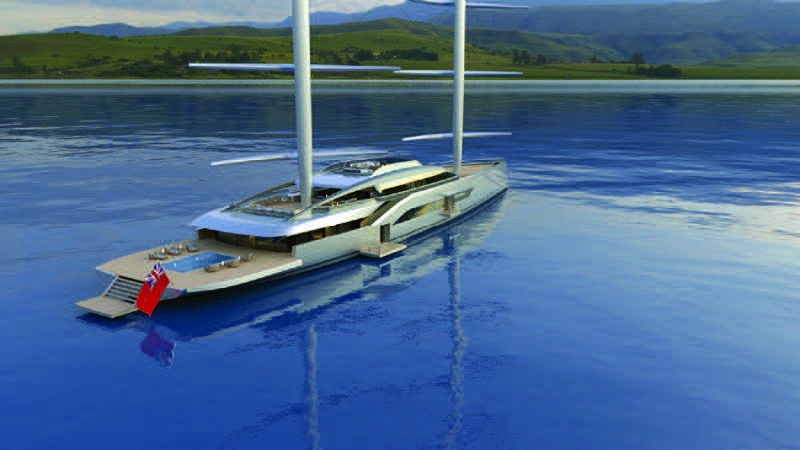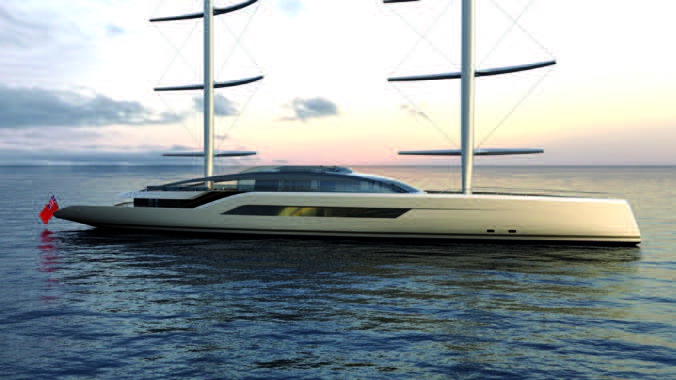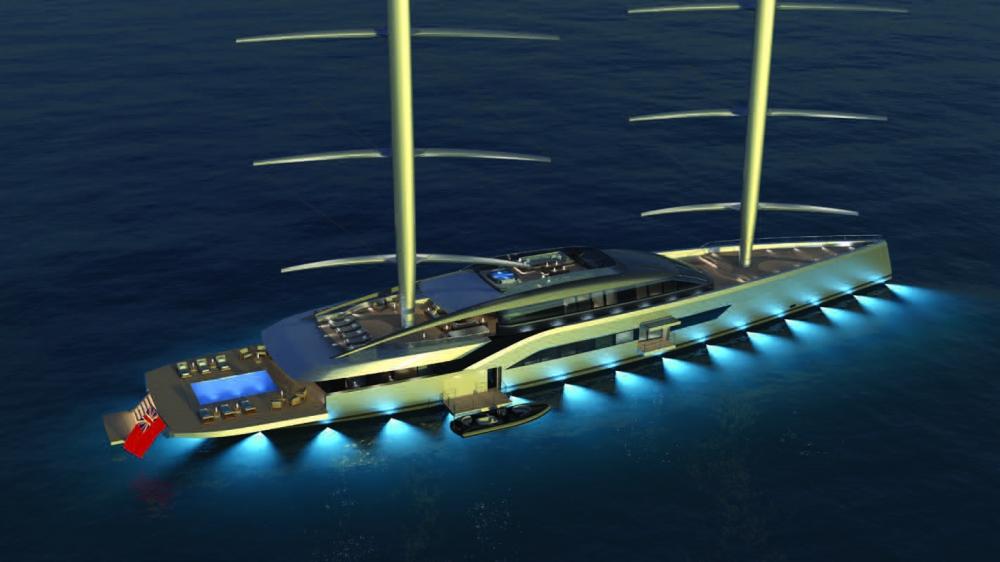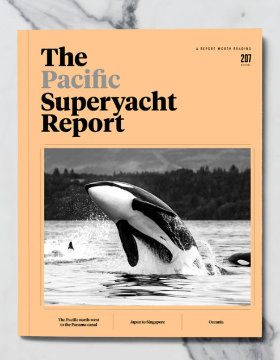Company Description
Born into a family with a boatbuilding tradition going back over 200 years it was hardly surprising that the young Bill Dixon would find his early interests nautically inclined. These early interests soon turned into a desire to be a yacht designer and he took a three-year course in yacht design at Southampton Solent University.
During the holidays Bill was employed by one of the UK’ top designers, Angus Primrose, who took Bill on full time after graduation. Tragedy struck two years later when Angus was lost at sea, and Bill Dixon, at the age of 24, found himself running the business. Primrose’ old clients became Bill’ new ones and the likes of Moody Yachts are still designed by Dixon Yacht Design today.
Bill and his small, highly talented team of naval architects and designers continually strive to create innovative, imaginative but, above all, client-pleasing new ideas that make their vessels stand out in performance, sea worthiness and pleasure of ownership. Their success can be measured by the number of clients who return regularly for their new yachts and the steady stream of awards the company has won over the years.
"We create innovative and forward-looking superyachts, using experience and expertise, while observing due respect for the environment in which they sail. They are exciting designs, produced with both the creative and engineering expertise under the direction of one team, resulting in that often elusive balance of form and function." - Bill Dixon
DYD Falcon 70m
A game-changing 70m design, offering effortless sailing performance and interior space planning normally associated with motoryachts.
Falcon Rigs have been chosen to maximise the sailing opportunity and minimise the sailing effort. Unlike a conventional rig which requires a small army of crew, this vessel can be commanded and operated singlehandedly. The twin rigs offer a healthy sail area/displacement ratio and will ensure an exhilarating sailing experience. The tried and tested control systems have proven in-service reliability.
Internally the vessel shares many design characteristics with motoryachts. The main deck features a large bright and airy glazed deck saloon facing aft to the swimming pool, four comfortably proportioned guest cabins and a full-width owner’s cabin incorporating balconies. On the lower deck the guests are provided with a cinema, a spa with sauna and a gym; on the upper deck with the bridge is a formal saloon and the internal dining room.
The vessel boasts some impressive technological systems; an advanced hybrid propulsion system that optimises the energy usage on board and an energy-recovery system that uses the propulsion propellers to generate electricity while the vessel is sailing.
This is a statement yacht, for a customer who is not afraid to do something different. It defies sailing convention but not the sailing experience.
Personality
Q: What are the common design mistakes you have come across and how can they be avoided?
It's vital to listen very carefully to your customer during the early design stages. The customer will have their design expectations and it's our job to interpret these correctly, through communication, be it face to face or electronic. We have been a pioneer in the use of 3D modelling within our industry exchange of files not only improves production efficiency it can help the customer visualise and explore differing design solutions, thereby minimising the opportunity of misinterpretation.
Q: What is the most unusual design feature you've been asked to incorporate as part of a project?
We were commissioned by one of the largest property developers in London to design a very luxurious tender to transport potential customers to a stylish waterside sales and marketing office. The principal design feature was that the vessel had to pass beneath a 1.0m-high bridge to get there, have a glass roof and look very cool. The mission was achieved on all fronts.
Q: Of the many international design studios, which one would/do you aspire to and why?
The use of glazing technology in land-based architecture pioneered by Foster and Partners is certainly an inspiration. Of note is the atrium roof of the British Museum, the largest covered square in Europe.










